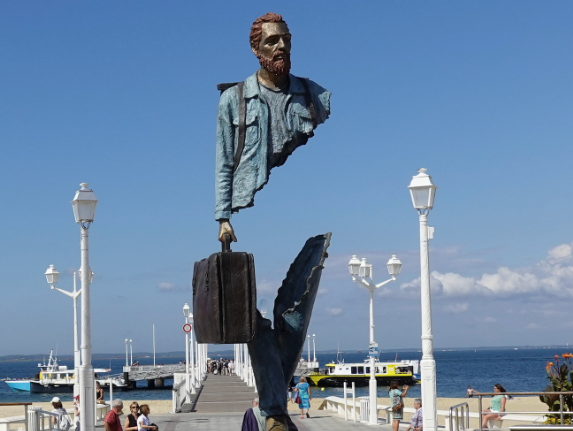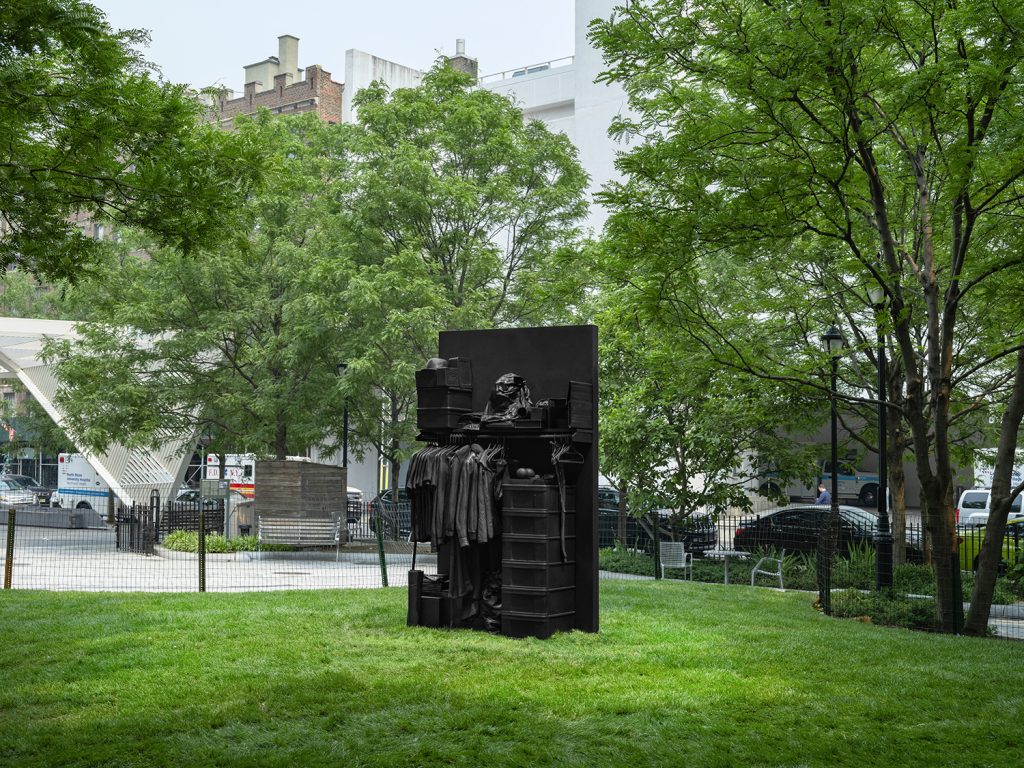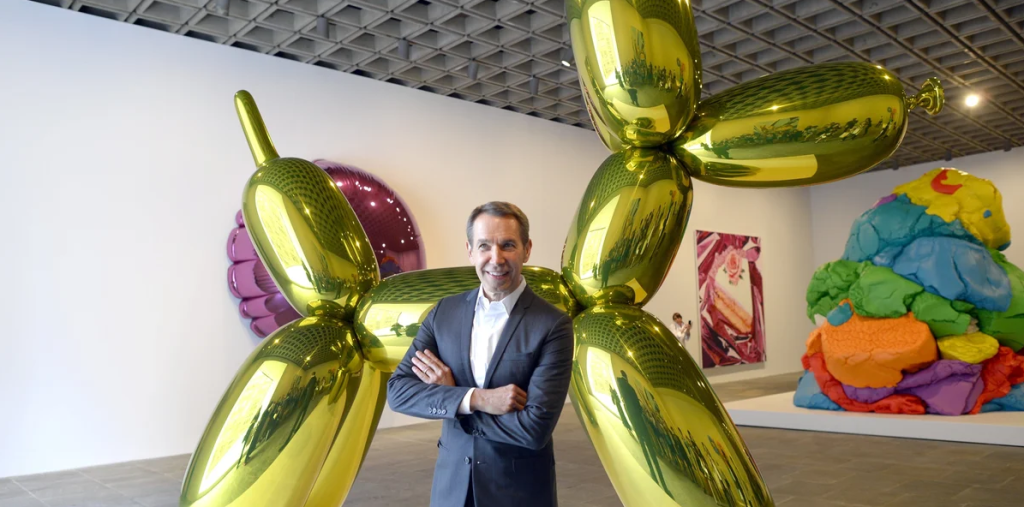Bruno Catalani, a contemporary sculptor known for his breathtaking use of fragmentation and emotional depth, has captivated the global art world with works that feel both mysterious and deeply human. His sculptures—often portraying incomplete figures—challenge audiences to look beyond what is visible and to rediscover the power of absence, memory, and inner strength. Understanding his artistic style requires a closer look at his vision, his techniques, and the themes that define his evolving body of work.
The Power of Fragmentation
One of the most recognizable features of Catalani’s sculptures is fragmentation. His figures frequently appear incomplete—missing limbs, torsos, or entire sections of the body—yet they remain strikingly expressive. Rather than representing damage, these missing pieces symbolize the unseen parts of human experience: emotions, memories, and scars that shape identity.
Catalani uses fragmentation not to depict brokenness, but to reveal the hidden depth within every person. The deliberate gaps create an invitation for viewers to fill the void with their own interpretations. This style blurs the line between what is physically present and what is spiritually or emotionally implied, giving his work a poetic and contemplative dimension.
Material Mastery: Bronze and Mixed Media
Catalani’s artistic style is closely tied to his material choices, particularly bronze. He employs classical bronze casting techniques but combines them with modern patinas and textures to achieve a distinct visual language. The cool solidity of bronze contrasts with the fluid and almost dreamlike design of the sculptures, creating a sense of timelessness.
In many works, Catalani integrates mixed media elements such as resin or stone. These combinations introduce a contemporary refinement and emphasize the tension between permanence and fragility. Bronze provides durability, while lighter materials highlight translucence and vulnerability. This duality reinforces his central themes: the strength of the human spirit and the delicacy of its inner workings.
Themes of Memory, Identity, and Inner Strength
At the heart of Catalani’s artistic language lies a profound reflection on memory and identity. His fragmented figures echo the idea that human identity is shaped by both what we have and what we have lost. Each sculpture seems to carry a personal story—silent, partially revealed, yet undeniably powerful.
Another recurring theme is inner strength. Even with missing sections, his figures stand tall, poised, and resolute. This visual paradox communicates that strength does not come from physical completeness, but from the resilience cultivated within. The sculptures give form to the invisible: courage, vulnerability, longing, and perseverance.
Catalani’s work resonates deeply with viewers because it mirrors the shared human journey—no one is whole, yet everyone carries beauty and purpose.
Symbolism and Emotional Engagement
Catalani’s minimal yet evocative compositions rely heavily on symbolism. The empty spaces, the wind-swept silhouettes, and the flowing contours all create emotional movement. His sculptures are not just objects; they are experiences. Standing before one often evokes quiet introspection. Viewers find themselves contemplating their own memories and connections to the past.
His art succeeds not through dramatic detail but through intentional simplicity. By removing parts of the figure, Catalani removes distractions, allowing the essential emotion to surface.
Catalani’s Place in Contemporary Sculpture
Bruno Catalani has carved a unique niche in contemporary sculpture with a style that bridges classical craftsmanship and modern conceptual depth. His works redefine the human form, proving that absence can be as powerful as presence. In galleries, public spaces, and private collections, his sculptures continue to inspire dialogues about identity, resilience, and the layered nature of human experience.
Catalani’s artistic style invites us to look beyond the surface and to appreciate the beauty of what is incomplete—an idea that feels increasingly meaningful in today’s world.


